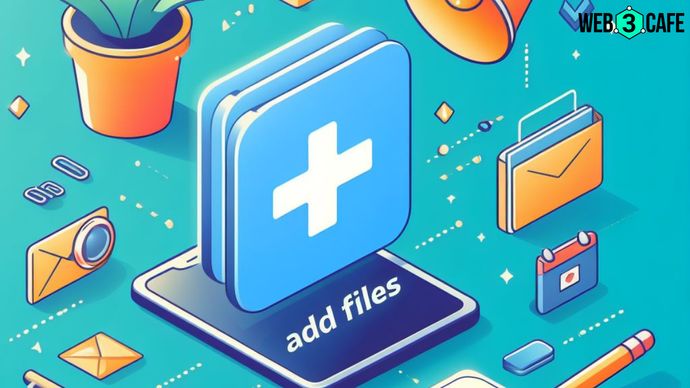How to upload files in ChatGPT: A step-by-step guide for seamless integration
Code Interpreter in ChatGPT simplifies document uploads, making interaction with various file types easy and user-friendly.

Highlights
- ChatGPT now includes the user-friendly Code Interpreter feature for easy document uploads
- Users can conveniently upload and interact with various document formats, including PDFs, Word files, and more
- OpenAI's commitment to improving ChatGPT shines through this update, providing a more versatile and accessible AI experience
OpenAI has rolled out enticing beta features for ChatGPT Plus subscribers, elevating the user experience by enabling file uploads and incorporating multimodal support.
These enhancements simplify the interaction process, eliminating the requirement to manually select modes, and deliver capabilities resembling those found in the ChatGPT Enterprise plan.
As these features are currently in beta testing, it's important to explore other conventional and most common methods for uploading files in ChatGPT.
The awaited feature: Code interpreter integration
OpenAI's introduction of the Code Interpreter in ChatGPT is a game-changer. This feature, once accessible to all paying subscribers of ChatGPT Plus, enables direct document uploads to the chat interface.
Here's how you can leverage this functionality for a wide range of file formats, such as audio, video, text, documents, databases, and coding files.
Enabling code interpreter
Start by opening ChatGPT and navigating to ‘Settings’ at the bottom-left corner of the interface.
- Under ‘Beta features,’ activate the toggle for ‘Code Interpreter.’
Choosing the code interpreter model
- Now, switch to the ‘GPT-4’ model, and from the drop-down menu, select ‘Code Interpreter.’
Uploading your documents
- With Code Interpreter enabled, you'll notice a convenient ‘+’ button within the text field. Click on this button to initiate the document upload process.
- You can seamlessly upload a wide array of document types. For instance, you can upload a PDF file to ChatGPT, where it can be processed for Optical Character Recognition (OCR) to make it fully searchable within the chat interface.
This integration makes it significantly easier for users to interact with their documents in a natural, conversational manner, without the need for complex technical setups.
Web browsing and plugins: Other methods
OpenAI had introduced web browsing and plugins, adding even more functionality to ChatGPT. However, these features were not a direct means for uploading documents but rather tools to access external information and resources.
The Code Interpreter integration is specifically tailored for seamless document handling. In short, OpenAI's commitment to improving ChatGPT is evident with the introduction of the Code Interpreter, which makes uploading and interacting with documents more accessible than ever.
As technology progresses, it's likely that more user-friendly features will continue to enhance the user experience, making AI-powered document handling increasingly effortless and convenient.
